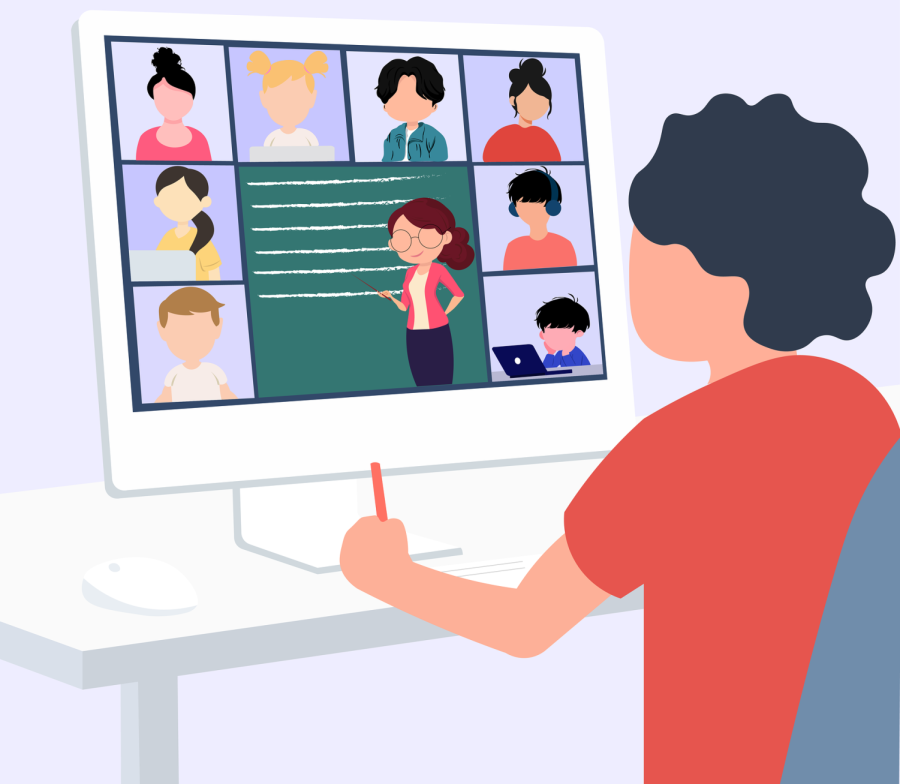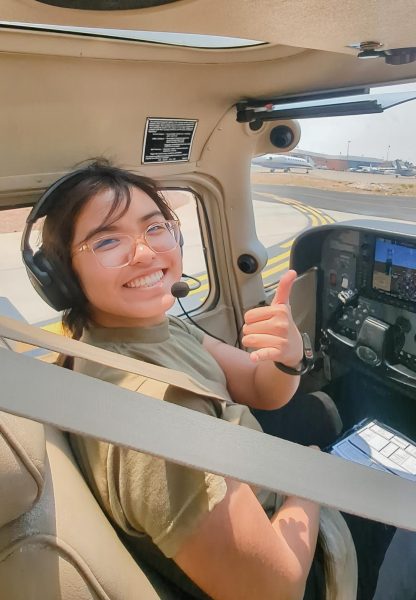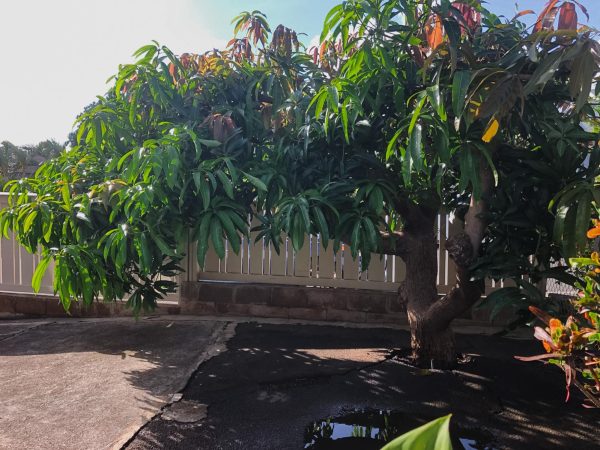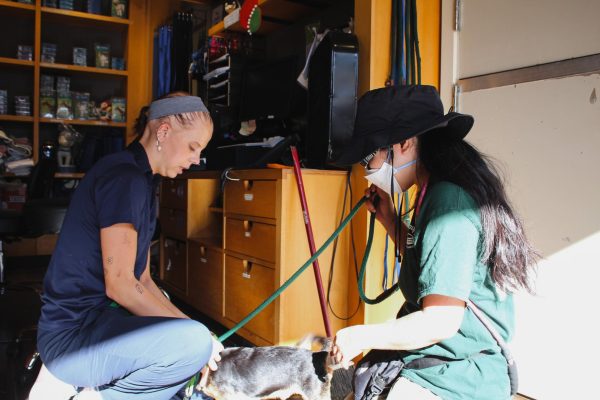Why American Sign Language should be taught in schools
American Sign Language (ASL) is the main source of communication for those who are diagnosed with some type of hearing loss. It’s also a language not commonly taught in schools today, but it should be.
As someone who was born with hearing loss, I was not taught sign language as a child since my parents thought it wasn’t necessary. To them, it was because I was only diagnosed with moderate hearing loss. As I got older, I realized that maybe it was necessary to learn sign language.
“Sometimes it’s easier to communicate with sign language than verbal communication,” my mother Angela Manalo said.
It is especially difficult with the pandemic going on. In elementary to middle school, being able to read lips helped me to understand what was being said. However, with the mask mandate, I am unable to read lips. The mask would muffle the words of my peers and teachers, and all I can hear is gibberish. Not learning sign language created a communication barrier between me and my peers.
An article states that adults resort to lip-reading when confronted with accent speech or a foreign language. ASL is a foreign language that doesn’t require lip reading as there is no verbal talking involved.
Virtual learning is one of the best things that has come out of the pandemic for me. I am able to hear the teacher more clearly than I would in person with hearing aids. I am able to use earbuds, which block out all other sounds except the teacher, and adjust volume accordingly.
Research shows that ASL classes are beneficial for both hearing and non-hearing children. Furthermore, it is considered a foreign language that should be taught in schools.
A common thing parents do is teach their infant sign language, so they can communicate with each other and even other children. Many schools across the country are starting to recognize ASL as a foreign language, even offering it as a class. Currently, my school, Sacred Hearts Academy, does not offer ASL classes to students.
Aside from my brother, I was the only child with hearing loss at my elementary and middle school. I am grateful for my peers as they helped me when I couldn’t understand the teacher. On some days, I could barely understand lectures even if I was sitting in the front of the classroom. During school assemblies, I couldn’t understand the speaker at all, which made it quite boring.
Today, being a high school student is just as difficult. Oftentimes, I’d end up embarrassing myself when I answer a peer’s question with a completely different answer, or when I have to ask them, “Can you repeat that?” multiple times, before I am able to understand.
I plan to take ASL at some point in the future. I think that it would help me with communicating more, but it would only work if my peers get the chance to learn it too.
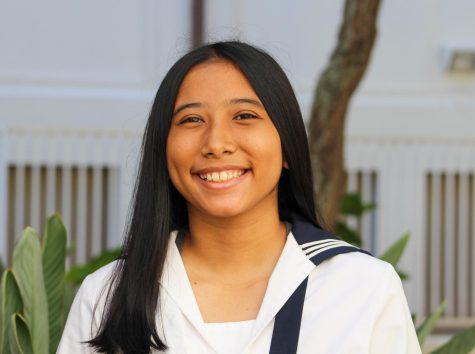
Jaime is a third-year journalism student and a junior at the Academy. This year in journalism, she hopes to learn how to connect with her peers and tell...























